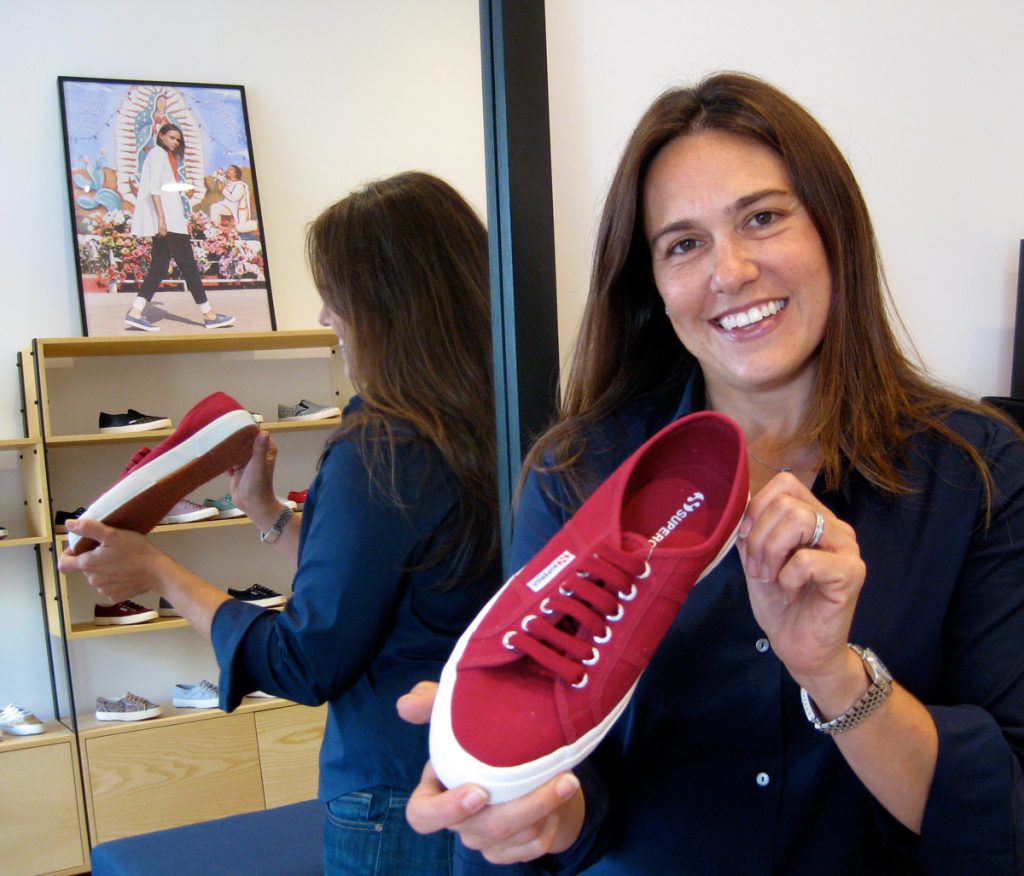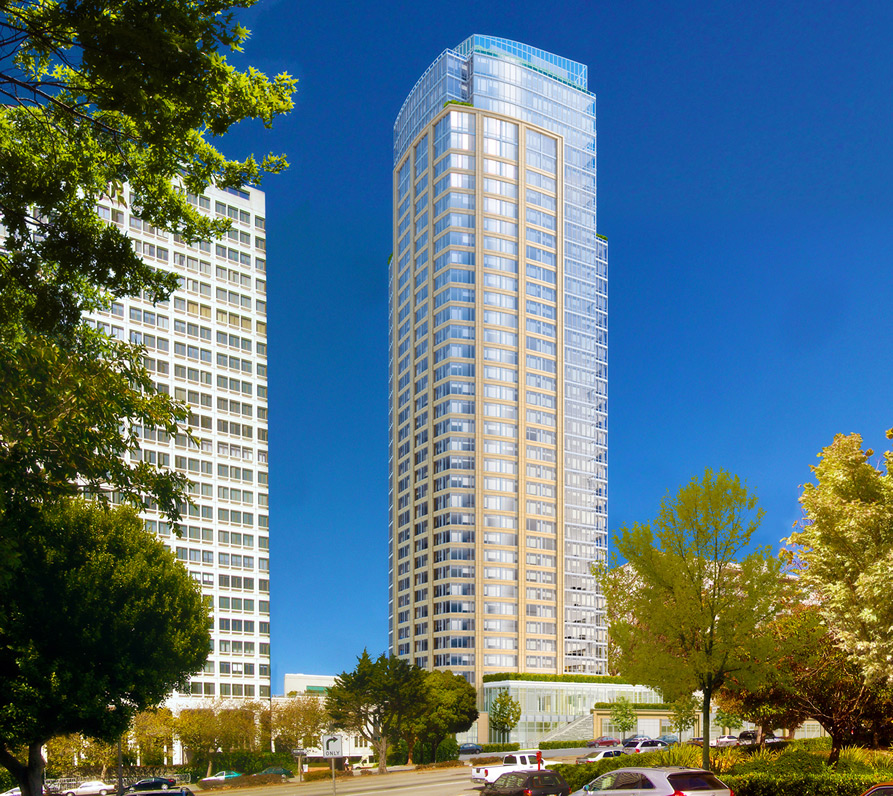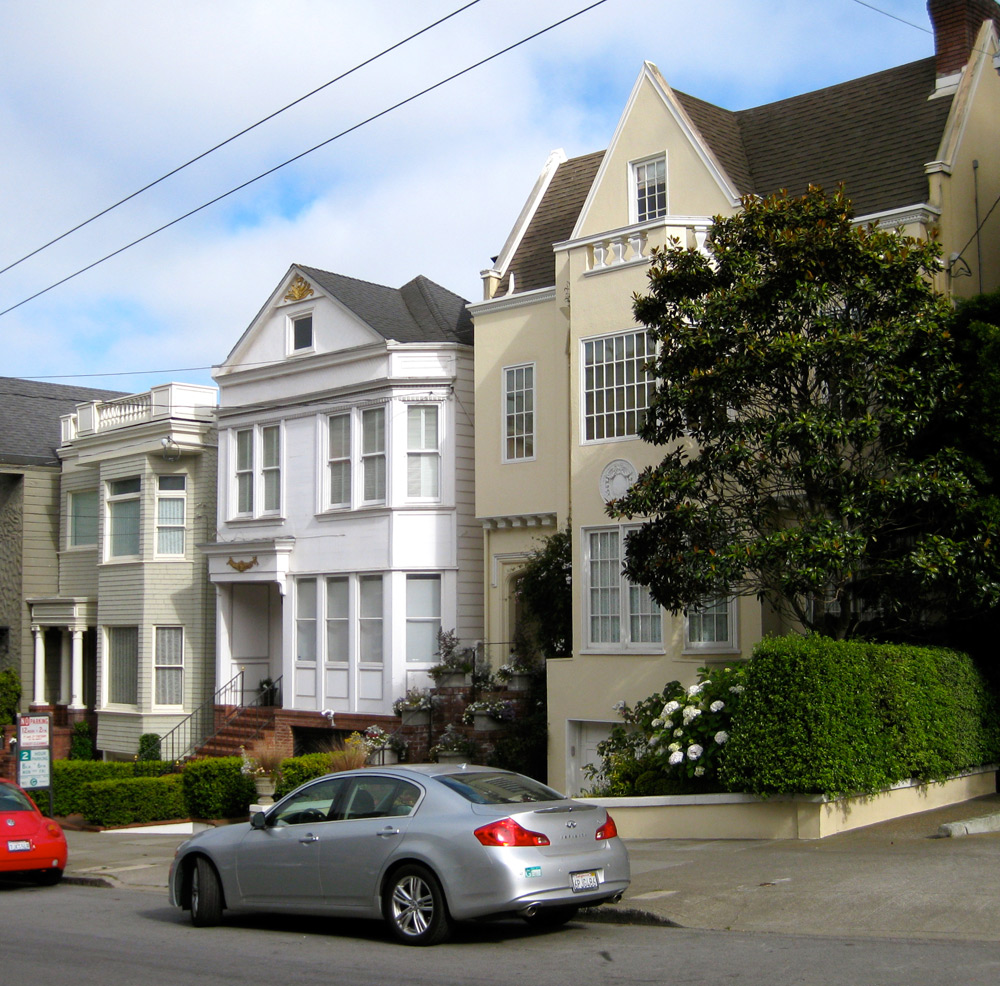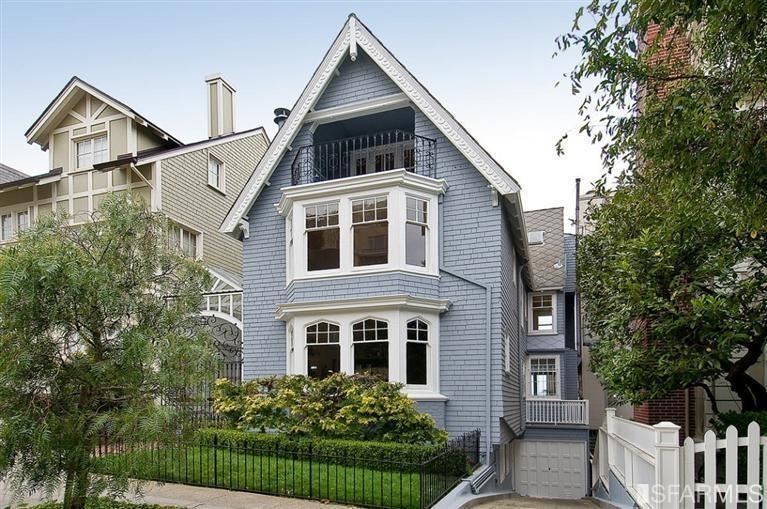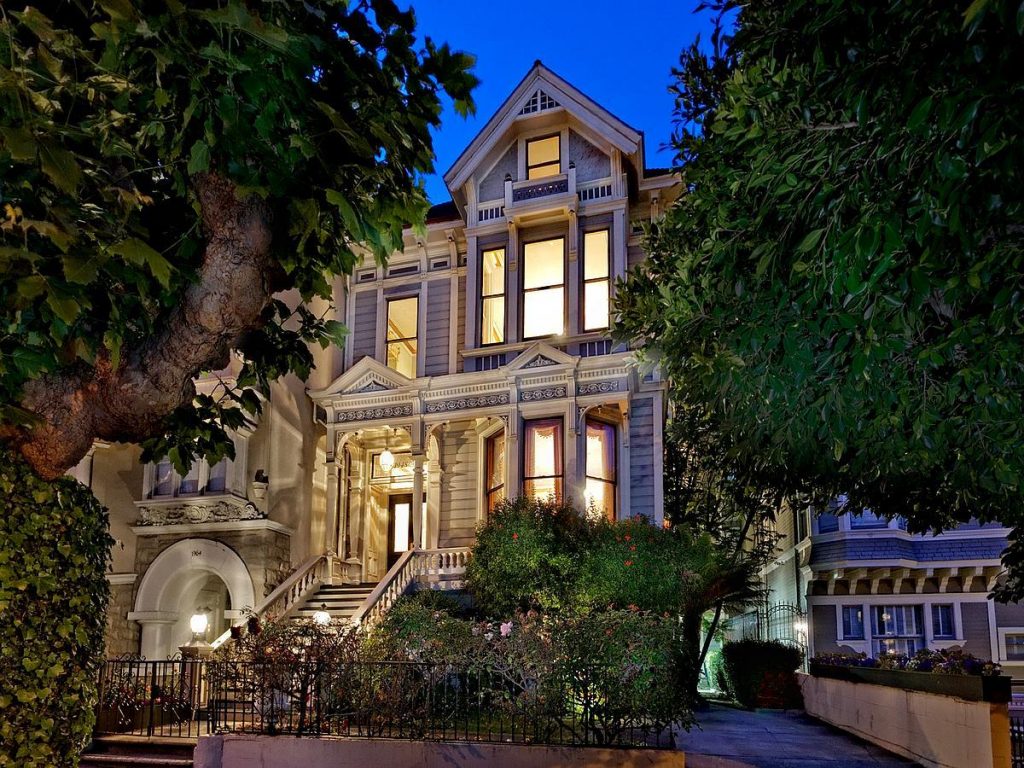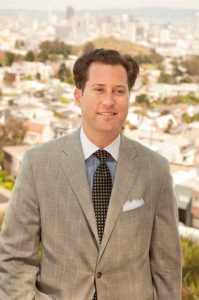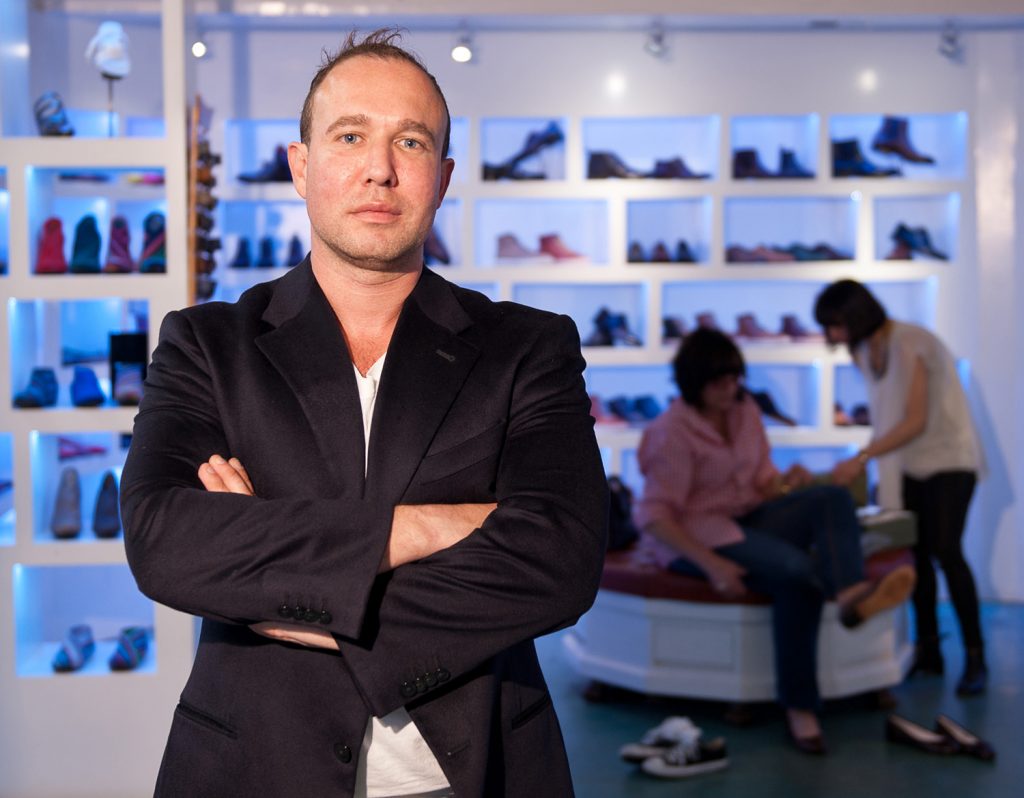
Photograph of Paolo Iantorno, owner of Paolo Shoes, by Daniel Bahmani
By Chris Barnett
THE RANCOROUS LEASE DISPUTE between Paolo Shoes and its landlord has been resolved out of court, and the custom Italian shoemaker won’t be taking a hike from the corner of Fillmore and Pine for at least two more years.
The clash between the two San Francisco real estate dynasties was recently settled as Paolo Shoes and Webco Group LLC and their lawyers met in the halls of the courthouse awaiting a mandatory settlement conference of a lawsuit based on a disagreement that had dragged on for 10 months with neither side budging.
“We made amends and settled on a rent that is twice what I am paying now, but still below market,” says Paolo Iantorno, the tenant and owner of the store. Under terms of the agreement, he will pay $10,000 a month rent for the first year and $10,500 a month in the second year. Previously, he was paying $5 a foot for the 1,000-square-foot storefront at 2000 Fillmore Street.
Patrick Szeto, a member of the family that owns Webco Group and American Realty and Construction Co., did not return calls or respond to an email seeking comment.
“We met for four hours in the halls and we each had our lawyer with us,” Iantorno says. “The mood, to be honest, was fine. Very constructive. There was no anger or emotion and we talked everything out.”
Still, both sides were at an impasse and ready to go to trial until Iantorno’s father, Sergio Iantorno, showed up and acted as unofficial mediator. His son will not disclose what precisely brought the factions to an agreement. But he hints that his dad made certain amends and pointed out that Paolo had been in the storefront for 10 years and in the Fillmore neighborhood for 15 years and had been a good tenant during those years.
“For Patrick, I now understand that it was business and not personal,” says Iantorno. “We settled our differences — despite the fact that he had a prospective tenant ready to move in and pay $15,500 to $16,500 a month.”
The amiable resolution was a 180 degree turnaround from earlier this year when Paolo Shoes faced eviction on Valentine’s Day when his lease expired. Webco would not extend the lease, claiming Iantorno’s request in July 2013 for an extension did not meet a deadline in the existing lease.
Both sides hired lawyers and spent the fall and winter haggling.
These days, Paolo Iantorno, who has two other retail stores in Hayes Valley — including one called Duke et Duchess that sells its own line of jeans and accessories, — is spending most of his time working for the family real estate business, Realty West. He is doing hands-on renovations of apartment complexes and mixed-use retail and residential properties.
Iantorno says he is grateful his Fillmore Street hassle is behind him.
“My dad and I were talking,” he says. “Maybe there is some way our two families can work together on a deal. I would like that.”
EARLIER: “Getting the boot”
Filed under: Real Estate, Retail Report | Leave a Comment »




